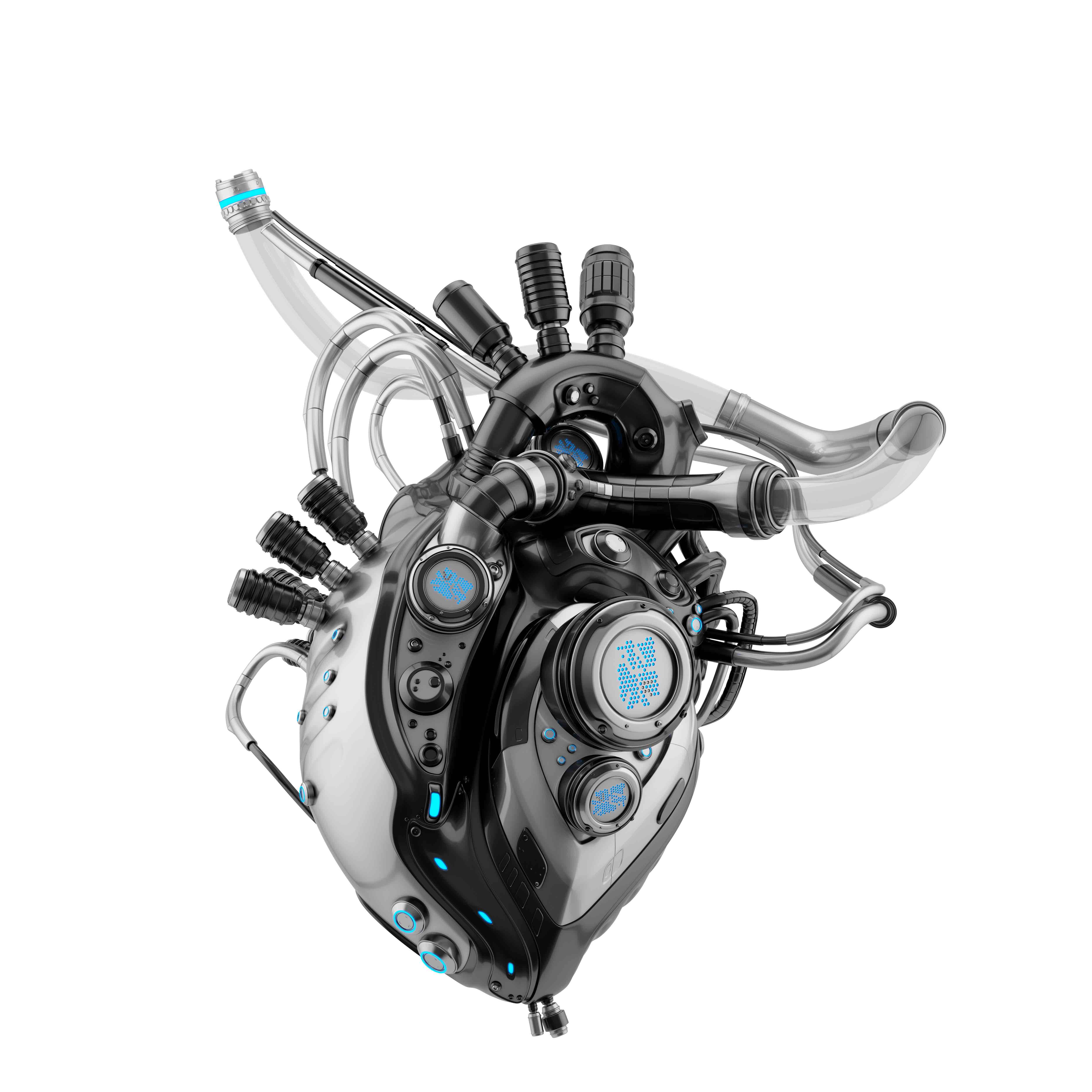
So, you’ve spent four or more years studying in your STEM major, completing summer internships, and participating in team projects. Exams – check. Lab work – check. After all of the hard work, you’re now ready for an exciting career in which you will apply, and build upon, your college learning experience. As Dr. Seuss put is best, “Oh, the places you’ll go!”
But what exactly does a STEM career look like? Peruse this list of ten exciting professions open to STEM students in search of interesting, exciting, and rewarding careers. To help you on your way, we’ve listed a few universities that provide education and research leading to each career!
STEM Job #1: Autonomous vehicle designing + engineering
In the early days of self-driving cars, the basic challenge was to sense the terrain, turn left and right, and not hit stationary objects – the ‘solo car’ solution. Going forward, AV researchers will need to solve the interactive car problem: how do two or more AVs negotiate the right-of-way, what happens when an AV meets a human-piloted car, and how will one handle unpredictable pedestrians, bicycles, and e-scooters? Using your education in sensor technology, modeling physical characteristics both deterministically and stochastically, and real time data transmission, you will be making the world of personal transportation safer, greener, and more pleasant for everyone.
STEM college to consider: Carnegie-Mellon, University of Michigan

STEM Job #2: Quantum information science
This emerging field promises to make computations both insanely fast while handling a massive increase in data, compared to the so-called classical computing you used in college and that runs your laptop, phone, and cloud today. You’ll have to learn a whole new vocabulary, like “qubit” and *checks notes* “quantum entanglement.” Essentially, you will help to create a new way of programming. The engineering problems of creating and managing qubits currently do not have proven solutions, so you and your team will create the path to the future of computing. No one told us it couldn’t be done!
STEM college to consider: Stony Brook University, University of Wisconsin-Madison, Chapman University
STEM Job #3: Machine learning
You can turn the world on its head and make a computer measure the real world and figure out what it means! You’ll use algorithms to interpret and correlate massive amounts of data, as well as make predictions. Your goal is to constantly improve machines’ learning abilities and usefulness through creating, testing, and validating them. You will develop new ways to use unstructured data like sound, video, and graphics as inputs. Then, you’ll create models that can make accurate predictions about this data, which will in turn provide new insights that don’t exist today!
STEM college to consider: University of Illinois Urbana-Champaign, University of Maryland College Park
STEM Job #4: Renewable energy
The challenge of moving the world toward a future with lower-carbon energy will require lots of talented scientists and engineers who will solve many problems. We’ll need not just better technology for extracting energy from wind and solar – materials science and energy conversion – but also the integration of different sources of electricity into the grid; modeling grid performance and reliability, and moving electrons from their source to the end user, will be part of your contribution and will help policymakers understand what is possible and the needs for future research.
STEM college to consider: North Carolina State University, Oregon Institute of Technology

STEM Job #5: Battery technology
At the intersection of organic and inorganic chemistry, materials science, and electromagnetic fields is battery technology. Within this field, you will create new innovations in batteries that has the potential to change many areas of human activity. Innovate new batteries for electric vehicles without ‘range anxiety,’ wearable electronics and the Internet of Things, and the storage of solar power for use at night. You will pioneer the development of new batteries that will replace the well-proven but mature types of lead-acid and lithium-ion batteries we use today. What if you could drive a car 500 miles on a battery that you could carry with one hand and recharge overnight? That would change the concept of personal mobility…and empower electric airplanes. Will you be on the team that creates it?
STEM college to consider: Rice University, Penn State

STEM Job #6: Augmented reality
We’ve been able to provide alternatives to reality for decades. If you’ve ever been to an IMAX theater, you’ve experienced this. Adding an overlay of computer-generated information on top of the physical world around us allows us to simultaneously experience the world and a digital enhancement; it augments reality. How would you augment your personal reality? Real-time player stats while watching a football game? Friction data projected on the Dawn Wall at Yosemite? Automatically highlighting your friend’s face in a crowd? The possibilities are infinite. Reality + data + interface = augmented reality.
STEM college to consider: Drexel University, University of Washington
STEM Job #7: Robotics
Since specific-use robots already exist, such as automobile assembly lines, the exciting future in robotics is in the integration of sensors and feedback to allow robots to analyze and evaluate tasks rather than just perform them. A career in robotics may involve researching motion control for robots like the Da Vinci Surgical System. You will hyper-optimize robots to perform tasks infinitely better than today, with accuracy and sensitivity! Imagine creating a robot that could perform surgery better than a human surgeon. You’ll engineer tactile sensors that allow a robot to measure friction, hardness, weight, and balance, combined with machine vision algorithms. Pursue robotics to develop robots that will perform as they’re depicted in the wildest science-fiction.
STEM college to consider: Georgia Tech, Worcester Polytechnic Institute
STEM Job #8: Cybersecurity
In the battle between the good guys and the bad guys, you will help to protect individuals, businesses, and civil society from cyberattacks with a career in cybersecurity. You will use cryptographic tools both on the hardware and software layers and analytical systems of computers to evaluate external actors for their malicious intent. Look forward to collaborating with social scientists and psychologists on human behavior factors. Sometimes you will be on the Red Team, testing your coworkers’ cybersecurity against your own clever and innovative attacks, which will help you to discover new ways to detect and prevent intrusions. Recursively, new threats can develop new security protocols, which themselves can both enable and identify new threats…and your work is both analytically and creatively discovering and preventing those threats!
STEM college to consider: Purdue University, United States Military Academy
STEM Job #9: Genomics
The future of genomic research, and the use of CRISPR to modify and change the expression of specific genes, has potential for massive changes in human health and food production. You might learn new applications for CRISPR to knock out genes very specifically and accurately, discover new relationships between a specific gene, and understand how it appears in a plant or animal. Biomedical research into human cancer screening, drug interactions, and infectious disease resistance are all vitally important areas you could work on, leading towards biomedical engineering solutions that help improve the quality of people’s lives.
STEM college to consider: University of California-Davis, University of Georgia

STEM Job #10: Medical imaging
New technologies for medical imaging have the potential to fundamentally change doctors’ ability to identify, diagnose, and treat diseases. For example, Positron Emission Tomography, which is currently being tested in university research labs, can provide a 40-fold increase in effective sensitivity while using significantly lower intensity radiotracers. Optical coherence tomography (OCT) scans help diagnose eye conditions, while new advances in artificial intelligence have created neural network software that automatically evaluates OCT scans. You could work on the nexus between the scanning hardware and the analytical software to enhance both the accuracy of evaluations and the ethical concerns of AI-enhanced medical decisions.
STEM college to consider: Emory University, Clarkson College
These ten emerging areas are ways you could pursue an exciting career upon completion of a STEM undergraduate program. Every one of these careers are fast-moving with new innovations appearing each year, and when you graduate in five years there will be even more newer career opportunities.